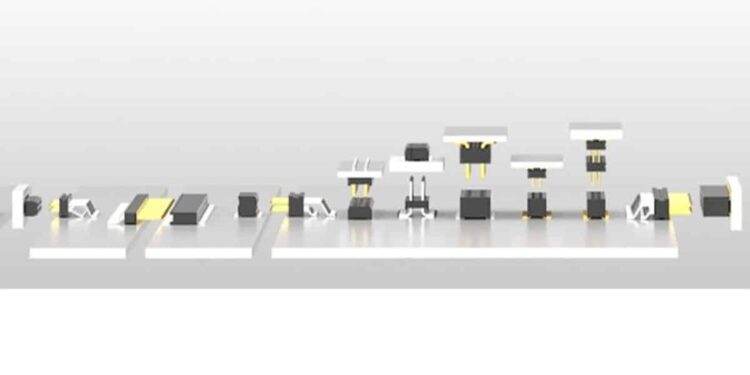This blog written by Samtec aims to give you six design tips from a connector company on selection of the right connector.
These practical, commonsensical suggestions (hopefully) will help you select the right connector set for your application (hopefully). And this isn’t an exhaustive list – these are the first six that came to mind – but we’ve got to start somewhere.
Consider The Environment: In other words, what demands are placed on the connector set? What is the connector’s lifestyle? Easy or difficult? An example of an easy life is one where the connector system is cycled (i.e., mated and unmated) maybe 10 times or less, and it spends the rest of its life in a climate-controlled room. A difficult life is one that will require multiple cycles, maybe 100, 200, or more, and is subject to shock and vibration, constant movement, high humidity, temperature swings, and/or corrosive chemicals and vapors. Selecting the right contact system is critical to the success of the connector set, especially if your connector is going to live a difficult life.
Consider Normal Force: One factor that will help you select the right contact is its normal force. Normal force has been called the single best predictor of connector performance. If you are considering two connector systems, and it appears both will work, choose the one with a higher normal force. This is important in harsh environments, and it’s keenly important if the environment experiences extreme temperatures or high shock and vibration.
Consider Insertion Depth: If you have narrowed your choice to two connector systems, and if you’re happy with the contact design and normal force of each, then another factor to consider is the socket’s insertion depth. The greater the insertion depth, the more stable the board stacking system.
Consider Pin Configuration: If your design requires 20 pins, use a 2 X 10 connector, not 1 X 20. The longer the connector, the more problems you may experience with coplanarity, alignment, and soldering.
Consider The Centerline (or “Pitch”): This is mostly a matter of mechanical stability. A fine-pitch connector, meaning one with a centerline of 1.27 mm or smaller, will probably not be sufficient if it’s expected to be the sole means of mechanical stability between large or heavy PCB assemblies.
Of course, there’s more to consider than the six points above when selecting a connector solution. But hopefully, this list serves as a start.































